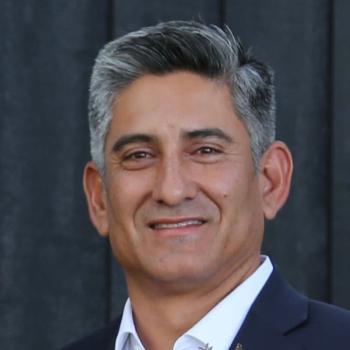Current Research and Scholarly Interests
Dr. Abilez' lab combines human pluripotent stem cell (hPSC) biology, systems biology, developmental biology, bioengineering (systems developmental bioengineering), biotechnology development (optogenetics, microscopes, cell sorters, biomechanical devices), computational modeling, and tissue/organoid engineering to model and control the earliest stages of cardiac development and vascularization. We are also using the same approaches to vascularize neural and hepatic tissue.
We primarily study hPSC directed differentiated into 2D and 3D aggregates, as engineered- and self-organized cardiovascular tissues and organoids. These tissues and organoids exhibit fascinating levels of patterning, self-organization, and function. By collecting high-content, high-throughput, and comprehensive functional data, such as live cell time-lapse fluorescence imaging, single-cell RNA-sequencing (scRNA-seq), and optogenetics-based microscopy, we quantify gene expression, signaling pathways, signaling networks, cell-cell communication, and functions across different cell types at spatiotemporal scales that span several orders of magnitude. We use our established approaches to ask how cells in complex systems make decisions about cell fate, respond to changes in applied external biophysical stimuli, and communicate to produce higher-order functions such as coordinated cardiomyocyte contractions at the tissue level to cardiac pumping at the organ level. In future studies we aim to perform gain/loss-of-function studies (through signaling pathway activation/inhibition and CRISPR gene-editing), epi-genetic regulation studies (scATAC-seq), metabolomics, and proteomics for dissecting gene regulatory networks and enabling mechanistic studies.
Our combined hPSC biology, systems developmental bioengineering, biotechnology development, computational modeling, and tissue/organoid engineering approaches endeavor to provide an increased understanding of complex cellular systems and to realize applications that include modeling developmental processes, modeling diseases, screening drugs, and creating transplantable vascularized tissues.


